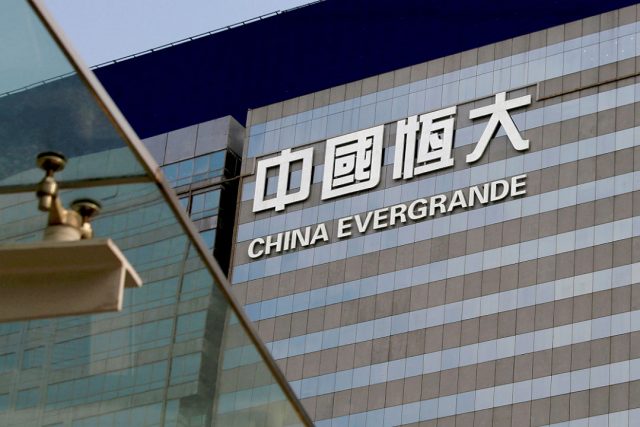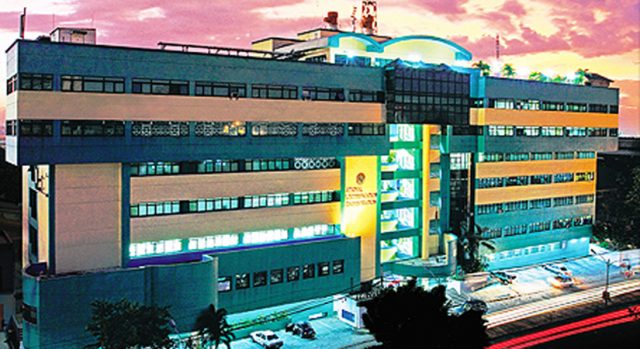Yields on BSP’s term deposits mixed ahead of policy review
YIELDS ON the central bank’s term deposits ended mixed on Wednesday ahead of the regulator’s policy meeting and on strong demand for safe assets due to concerns over issues faced by China’s Evergrande Group.
Demand for the term deposit facility (TDF) of the Bangko Sentral ng Pilipinas (BSP) reached P620.229 billion, higher than the P520 billion on the auction block but lower than the P607.663 billion in bids logged during the previous week’s offering.
Broken down, bids for the seven-day papers amounted to P217.425 billion, going beyond the P160-billion program and the P216.55 billion in tenders seen a week earlier.
Lenders asked for yields ranging from 1.69% to 1.7125%, a narrower band compared with the 1.69% to 1.73% margin recorded the prior week. This caused the average rate of the one-week deposits to slip by 0.37 basis point (bp) to 1.7046% from the 1.7083% quoted in the previous auction.
Meanwhile, the 14-day deposits attracted bids worth P402.804 billion, higher than the P360 billion auctioned off by the BSP as well as the P391.113 billion in demand seen a week ago.
Accepted rates for the tenor ranged from 1.71% to 1.8%, a slimmer band versus the 1.7% to 1.8999% logged on Sept. 15. With this, the average rate of the two-week papers rose by 0.16 bp to 1.7439% from 1.7423% last week.
The BSP did not sell 28-day term deposits for the 48th consecutive auction to give way to its weekly offerings of bills with the same tenor.
The term deposits and the 28-day bills are tools used by the BSP to mop up excess liquidity in the financial system and to better guide market rates.
“The results of the TDF auction remain in line with stable market conditions, supported by sustained ample liquidity in the financial system,” BSP Deputy Governor Francisco G. Dakila, Jr. said in a statement.
“Moving forward, the BSP’s monetary operations will remain guided by its assessment of the latest liquidity conditions and market developments,” he added.
TDF yields were mixed ahead of the central bank’s policy review on Thursday, Rizal Commercial Banking Corp. Chief Economist Michael L. Ricafort said.
A BusinessWorld poll last week showed 17 out of 18 economists expect the BSP to keep the key policy rate unchanged at its record low of 2%.
Analysts said the central bank will likely look past rising inflation as it looks to continue its support for the economy amid a fresh surge in infections and tight restriction measures.
Headline inflation picked up to 4.9% in August from 4% in July, mainly due to higher food prices amid supply issues caused by the lockdown and recent typhoons.
This brought the eight-month average to 4.4%, above the central bank’s target of 2-4% and forecast of 4.1% for the year.
Mr. Ricafort said TDF rates were also affected by “some flight to safety amid lingering global market concerns over China Evergrande’s debts and any contagion risks.”
Finance Secretary Carlos G. Dominguez III on Tuesday said they are checking if there are any Chinese contractors participating in the country’s infrastructure program that will be negatively affected by Evergrande’s situation.
The Chinese firm is struggling with a debt of $305 billion, raising fears of default and contagion in global financial markets. — L.W.T. Noble
















